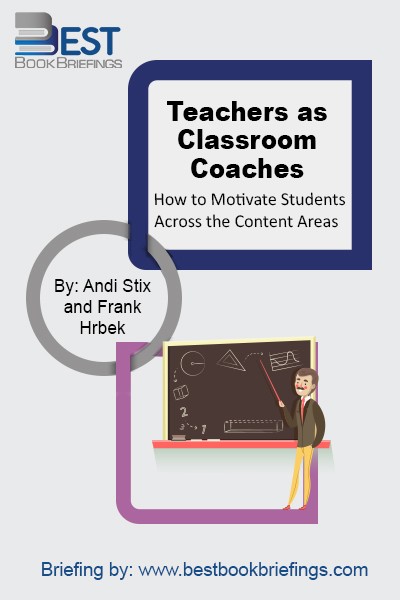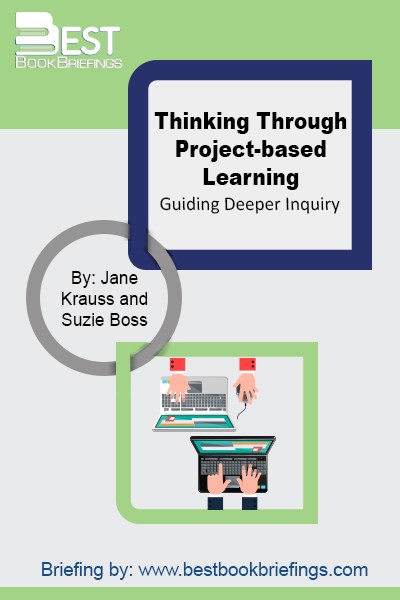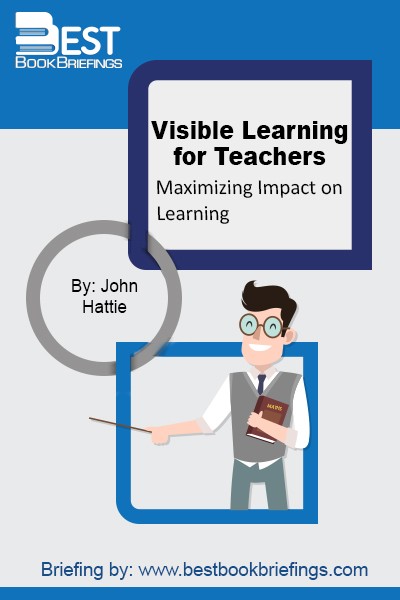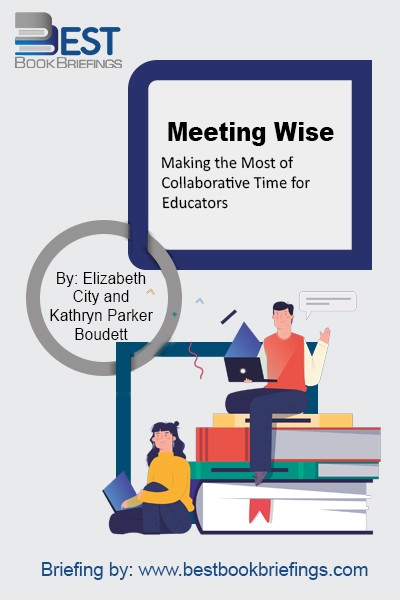Meeting Wise
Making the Most of Collaborative Time for Educators
Editorial Review
Have you ever had to sit through a whole hour when you felt that the substance of the meeting could have been handled in five minutes? Or planned a thoughtful meeting only to have it derailed by a couple of rogue participants who had their own agendas? Have you ever felt that the meetings you are expected to lead (or the ones you’re obliged to attend) get in the way of the “real work” that you need to do? If so, this book will give you a new way of thinking about and working with your collaborative time.
Book Reviews
Books on Related Topics

By acting as coaches, educators help students to mature socially as well as academically, within a respectful atmosphere. In a true coaching environment, teachers and students produce a continuous flow of synergy: One creative idea sparks another, leading to motivation and engagement; students are complimented rather than reprimanded for solving problems

Everything you need to know to lead effective and engaging project-based learning! Are you eager to try out project-based learning, but don't know where to start? How do you ensure that classroom projects help students develop critical thinking skills and meet rigorous standards? Find the answers in this step-by-step guide, written

Visible Learning for Teachers takes the next step and brings those groundbreaking concepts to a completely new audience. Written for students, pre-service and in-service teachers, it explains how to apply the principles of Visible Learning to any classroom anywhere in the world. The author offers concise and user-friendly summaries of the



